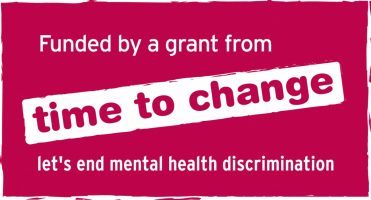How to use your Dreaming resource
Jo Flack, Trainer of The Mental Health Toolkit by Suffolk Mind, explains what dreaming means, and how to use your Dreaming resource to help you stay well.
Is anyone else experiencing really vivid dreams at the moment? I have a recurring one where I am halfway up a really precarious staircase and I suddenly freeze and find I can neither carry on up the steps nor take myself back down. I sometimes wake up from this dream feeling really anxious and out of control and this no doubt reflects my emotional state during the current situation.
Because dreams are not simply random; everything the brain does has a purpose and there is a reason nature has given us a dreaming brain. Precisely why we dream is still a hotly debated topic among the scientific community. But what we do know, from decades of research, is that the content of our dreams reflects waking concerns, both positive and negative. And we also know that dreaming serves to discharge emotional arousal from the previous day; hence the phrase ‘sleep on it.’ People report feeling calmer after short periods of REM (Rapid Eye Movement) sleep, which is the phase in which dreaming occurs.
Dreaming is an inbuilt resource we all have that can help keep us well and help the brain respond afresh to each new day. However, if we find ourselves with too much worry in the day we will do more dreaming as the brain tries its best to calm us down. And this is a problem, because too much dreaming is tiring and it affects the amount of deep, restorative sleep we get. So if we dream too much we will wake up still feeling tired.
The key then is to do our best to get our emotional needs well met so we do not have too much for the dreaming brain to process when we go to sleep. We could also try:
- Resolving stress or worries in the day, for example by talking them through with someone.
- Writing down any concerns that are on our minds before we go to sleep so we can put them aside to deal with later.
- Developing a relaxing bedtime routine to help calm the brain in preparation for sleep.
- Finding some space for reflection and privacy in the day so we are not processing every incident at night when we are trying to get into the land of nod.
- Or even using our dreaming brain as a resource during waking hours to enjoy a pleasant daydream.
And don’t forget to address any unmet needs to lower your stress; if I work on getting my need for control met I may just find I can make it up the staircase in my dreams…
Help is at hand to get better sleep
For more information on how to meet your need for sleep, take a look at our resources hub for more blogs and support.
You can also sign up to become a Friend of Suffolk Mind, which gives you the opportunity to join our Sleep Well, Work Well workshop for free.















